Understanding the Human Metapneumovirus (HMPV): A Hidden Respiratory Threat
Explore the hidden dangers of the Human Metapneumovirus (HMPV/hMPV), a lesser-known respiratory virus that affects millions worldwide. In this post, we delve into what HMPV is, how it spreads, who is most at risk, and why awareness is crucial. Understand about its symptoms, prevention strategies, and the importance of early detection to protect yourself and your loved ones. Stay informed and stay healthy!
EDUCATIONFEATURED
Human Metapneumovirus (HMPV) is a virus that typically causes cold-like symptoms, such as coughing, wheezing, a runny nose, or a sore throat. While most cases are mild, young children below 5, older adults over 65, and individuals with weakened immune systems are at greater risk of developing severe illness. HMPV usually causes infections in the upper respiratory system, but it can sometimes lead to more serious problems like pneumonia, asthma attacks, or worsening of COPD (chronic obstructive pulmonary disease). It is more common in the winter and early spring.
It was identified by researchers in the Netherlands in 2001, HMPV has since been recognised as a major cause of acute respiratory infections. Retrospective serologic studies have revealed the presence of HMPV antibodies in humans dating back over 50 years. Due to the challenges of culturing the virus, diagnosis primarily relies on nucleic acid amplification tests, such as reverse transcriptase polymerase chain reaction (RT-PCR). Currently, there is no available vaccine, and treatment remains supportive.
HMPV is the first human virus classified under the Metapneumovirus genus within the Pneumovirinae subfamily of the Paramyxoviridae family. It is an enveloped, negative-sense, single-stranded RNA virus. Its RNA genome consists of 8 genes that encode 9 distinct proteins. The gene order of HMPV is identical to that of the avian pneumovirus (AMPV), another member of the Metapneumovirus genus.
Who is Most at Risk?
HMPV can cause upper and lower respiratory diseases in people of all ages but is most common in ,
Young children under 5 years old, especially premature infants.
Adults over 65 years old.
Individuals with weakened immune systems due to:
Conditions like HIV, cancer, or autoimmune disorders.
Medications that suppress the immune system.
People with asthma or chronic obstructive pulmonary disease (COPD).
A history of lung diseases like asthma, COPD, or emphysema does not increase the risk of contracting HMPV. However, these conditions can make symptoms more severe if infected. The same applies to individuals with weakened immune systems, such as:
Patients undergoing chemotherapy.
Post-organ transplant recipients.
How Does HMPV Spread?
HMPV is primarily spread through close contact with an infected person. This can happen by:
Inhaling respiratory droplets released when someone coughs or sneezes.
Shaking hands, hugging or kissing.
Touching contaminated surfaces or objects, such as toys, doorknobs, or other commonly touched items, and then touching your face.
What are the symptoms of HMPV?
Cough
Runny nose or nasal congestion
Sore throat
Fever
Wheezing
Shortness of breath
Rash

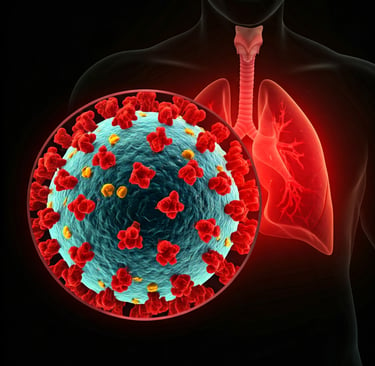
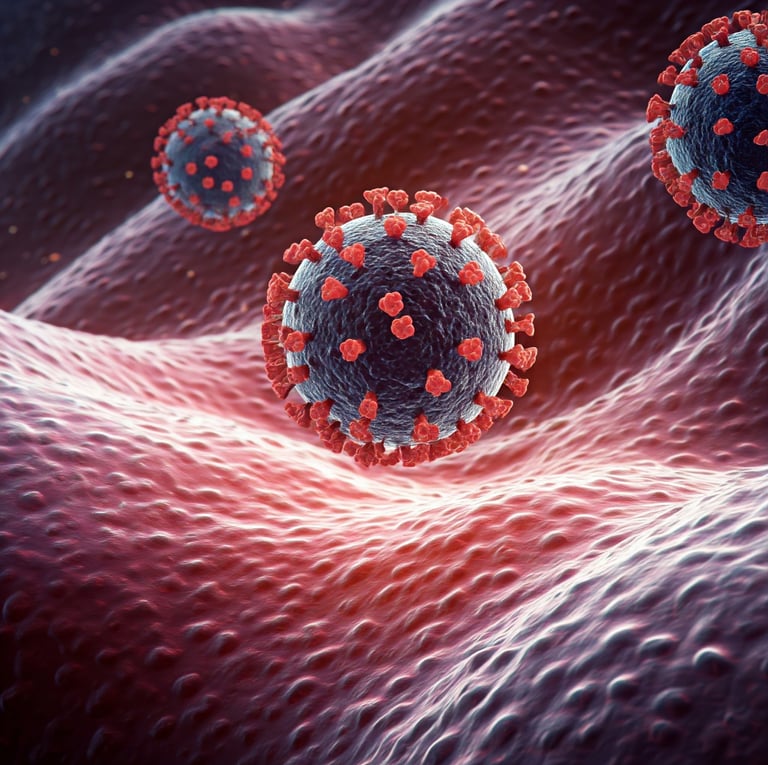

What are the complications of HMPV?
In some cases, HMPV can lead to complications that may be severe enough to require hospitalisation. These include:
Bronchiolitis
Bronchitis
Pneumonia
Asthma or COPD exacerbations
Ear infections
How is HMPV diagnosed in Humans?
Diagnosing HMPV can be challenging because its symptoms are similar to those of other respiratory viruses. Healthcare providers may use the following methods:
Clinical Evaluation:
Assessing symptoms such as coughing, wheezing, and fever.
Reviewing medical history and risk factors.
Laboratory Tests:
Nucleic Acid Amplification Tests (NAAT):
Reverse transcriptase polymerase chain reaction (RT-PCR) is the most reliable method to detect HMPV.
Antigen Detection:
Rapid tests to identify viral proteins in respiratory samples.
Sometime Bronchoscopy or chest X-rays may be performed to examine the airways of your lungs for any changes.
How to treat HMPV Patients?
There are currently no antiviral medications available to treat HMPV. Most people can manage their symptoms at home if it is not serious.
However, if you or your child experience severe illness, hospitalization may be necessary. In the hospital, healthcare providers can monitor your condition and provide treatments to prevent further complications, such as:
Oxygen Therapy: Additional oxygen may be provided through a nasal tube or face mask if breathing becomes difficult.
IV Fluids: Intravenous fluids can help maintain hydration.
How to prevent HMPV Infection?
While there is no vaccine for HMPV, you can reduce your risk of infection by following these preventive measures:
Personal Hygiene
Wash your hands frequently with soap and water for at least 20 seconds.
Use hand sanitizer with at least 60% alcohol if soap and water are unavailable.
Avoid touching your face, especially your eyes, nose, and mouth, with unwashed hands.
Avoid Close Contact
Stay away from people who are sick, especially if they are coughing or sneezing.
Wear mask in crowded places
If you are unwell, avoid close contact with others to prevent spreading the virus.
Disinfect Surfaces
Regularly clean and disinfect frequently touched objects and surfaces, such as:
Doorknobs.
Toys.
Phones and keyboards.
Practice Respiratory Etiquette
Cover your mouth and nose with a tissue or your elbow when coughing or sneezing.
Dispose of used tissues immediately and wash your hands afterward.
Stay Home When Sick
Rest at home if you feel unwell to avoid spreading the virus to others.
Boost Your Immune System
Maintain a healthy lifestyle with a balanced diet, regular exercise, and adequate sleep.
Stay up to date on vaccinations for other respiratory illnesses like the flu, as these can help reduce overall respiratory complications.
Note: The information presented in this blog post has been collated from various sources available on the internet and verified by a Doctor. While every effort has been made to ensure accuracy , please verify any medical or scientific details with trusted professionals or authoritative sources.

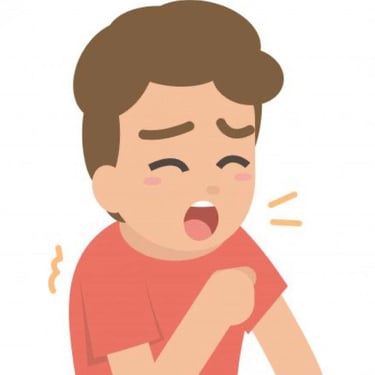
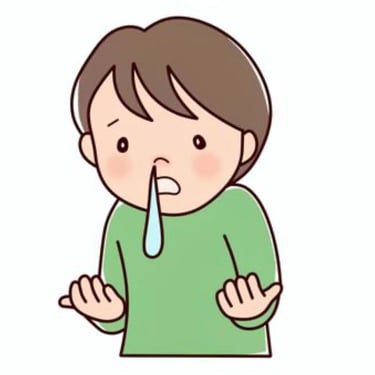
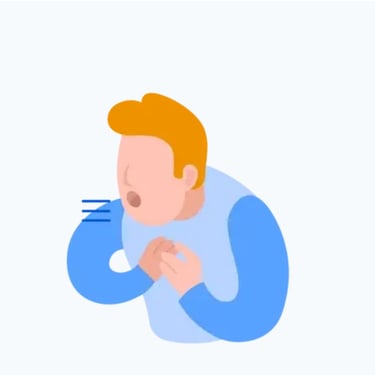

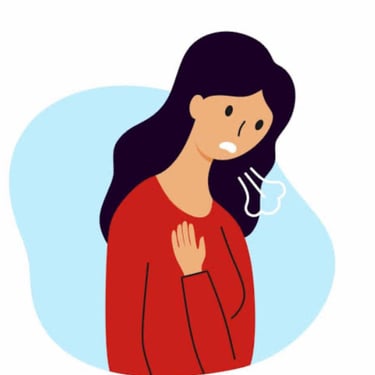

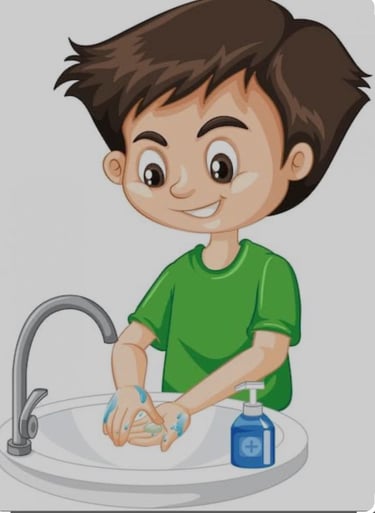

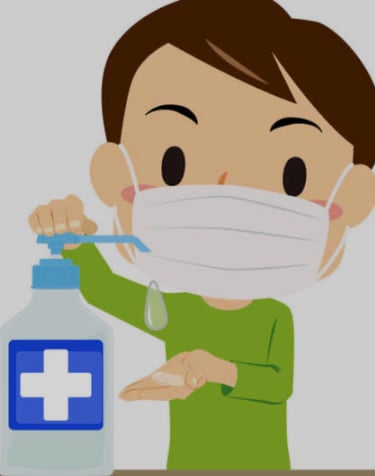

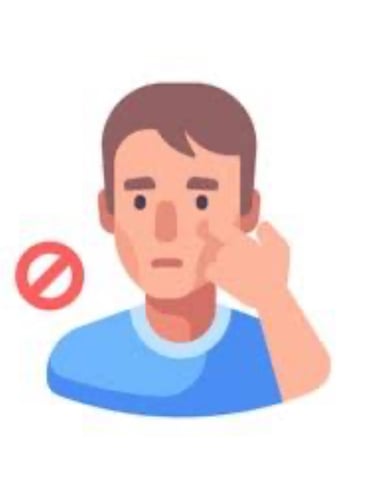

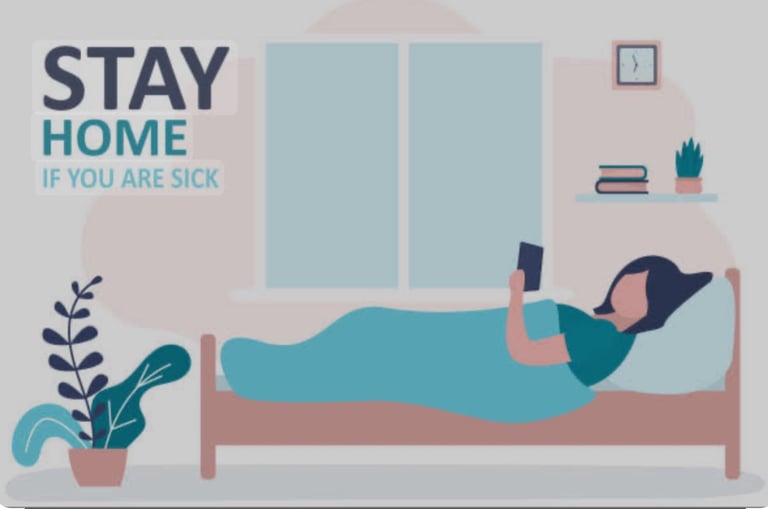

Conclusion:
Raising awareness about HMPV is important because it is a common yet under-recognised virus that can cause serious respiratory illnesses, especially in vulnerable groups like young children, older adults, and people with weakened immune systems. Understanding the symptoms, how it spread, and ways to prevent it can help reduce the risk of severe infections and complications. Increased awareness also encourages early diagnosis and proper care, which is crucial since there is no vaccine or specific treatment available for HMPV. Self-medication can be harmful. Always consult a doctor before taking any medication to ensure it is safe and appropriate for your condition. Please rush to the hospital if you or your children are showcasing these symptoms.
